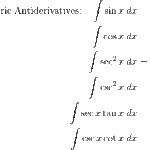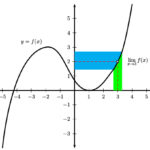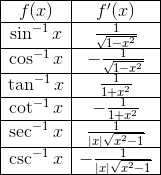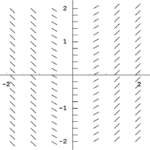So you’ve decided to take the AP Calculus BC exam in May. Or maybe you have to take the test because your AP Calculus teacher requires it in place of a final exam. Either way, you’re going to need these five AP calculus BC exam study tips!

AP Calculus BC Exam Study Tips
It takes a lot of time and effort to prepare yourself for any AP exam. The following tips represent a few general test-taking strategies as well as specific info about the Calculus BC exam.
1. Know What’s on the Exam
Obviously, if you don’t know what you’re getting into, then you probably won’t do well.
The AP Calculus BC exam is the more comprehensive of the two AP Calculus exams. As such, the test covers everything that the AB exam does and then some.
The are four Big Ideas:
- Limits
- Derivatives
- Integrals
- Sequences and Series
The first three Big Ideas are also covered on the AB exam. However, the BC exams goes further in depth.
For example, you will find vector functions, parametric equations, and polar functions on the AP Calculus BC exam.
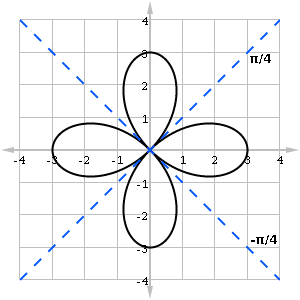
For a detailed list of topics, check out: What Topics are on the AP Calculus BC Exam?.
2. Know the Format of the Exam
Like the AP Calculus AB exam, the BC exam lasts 3 hours and 15 minutes, with a short break in the middle.
The test is divided into two sections, multiple choice and free response. Furthermore, each section consists of two parts: calculator and no-calculator.
For more information about the format, including the number of problems and timing, see
What is the Format of the AP Calculus BC Test?.
3. Familiarize Yourself with your Calculator
You should find a good graphing calculator early in the Fall and spend time getting to know how to use it.
The most expensive calculator in the world will do you no good if you can only figure out how to add and multiply on it.
Here is a partial list of some useful features common to many of the graphing calculators that are recommended for the AP calculus exams.
- Graphing (including zoom and trace features)
- Solving equations (sometimes called intercept finder)
- Numerical and symbolic differentiation
- Numerical integration
- Euler’s Method (may require a program)
- Slope fields (may require a program)
Check out the following link for more calculator tips: Calculator Strategies for the AP Calculus Exam.
4. Set up (and Follow!) a Study Plan
Plan on purchasing an AP study guide (or two), and work out 3-5 practice tests. The more practice you do, the better your performance will be on the actual test!
I recommend a 3-Month AP Calculus Exam Study Guide.
However, if it’s already late March and you haven’t even starting prepping, maybe this 1-Month AP Calculus Exam Study Guide will work for you.
One thing is for sure: cramming the night before does not help!
5. Get a Tutor
Even the best students may get stuck occasionally. If reading the textbook or talking to the teacher doesn’t help, then see about getting a tutor.
Unfortunately, private tutors usually charge quite a bit. You may spend anywhere from $30-$100 per hour (or even more in high-cost areas) for a qualified AP Calculus tutor!
However, if it helps give you the edge, then your tutor may be worth every penny.

Summary
Ultimately, your score on the AP exam is your responsibility. But following these AP Calculus BC exam study tips may give you the edge you need for success.
- Know What’s on the Exam
- Know the Format of the Exam
- Familiarize Yourself with your Calculator
- Set up (and Follow!) a Study Plan
- Get a Tutor


